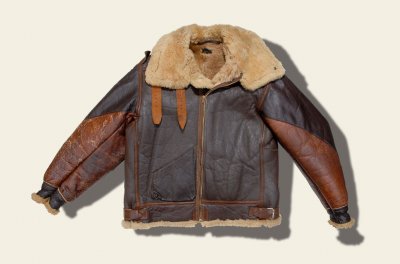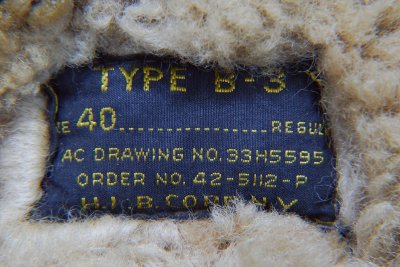Dumpster Diver
Practically Family
- Messages
- 952
- Location
- Ontario
I Just use Neatsfoot oil, Its dirt cheap and soaks in nice without a full body workout and dries Relatively fast without too much issue, Not sure if its healthy for the thread itself but it should be *ok* for wool and also the 100% cotton Thread more or less. I have a good bottle of special Wool Cleaner solution that does a nice Job Removing the Must and mildew and also especially that Chemical *MOTH BALL* smell from the Fleece *yucky*(CHOKE!!!! GASP!!!!)
My Aero B-3 Soaked up a few bottles of NEatsfoot oil right off, the leather was very thirsty, it brought out the Red tone once I cleaned and wiped it down!
As for the wool, as soon as I bathed and dabbed it in the wool cleaning solution it Released a horrible Pungent Aroma of Moth balls and It knocked me for a loop!!! This took a long time to clean, Not a fun Job!
While the Price for the ELC Mixed batch is astronomical to a person in my Income range, I would still Wear it like it was stolen if I bought it Brand new with tags, Life is for living.
My Aero B-3 Soaked up a few bottles of NEatsfoot oil right off, the leather was very thirsty, it brought out the Red tone once I cleaned and wiped it down!
As for the wool, as soon as I bathed and dabbed it in the wool cleaning solution it Released a horrible Pungent Aroma of Moth balls and It knocked me for a loop!!! This took a long time to clean, Not a fun Job!
While the Price for the ELC Mixed batch is astronomical to a person in my Income range, I would still Wear it like it was stolen if I bought it Brand new with tags, Life is for living.
Last edited:

